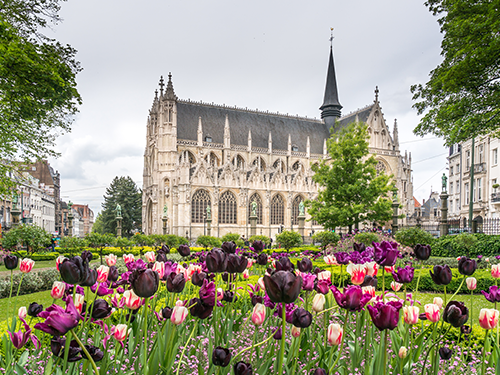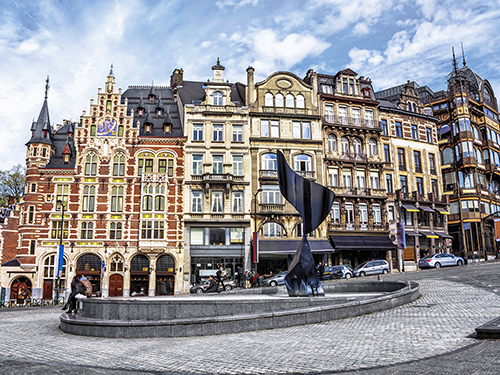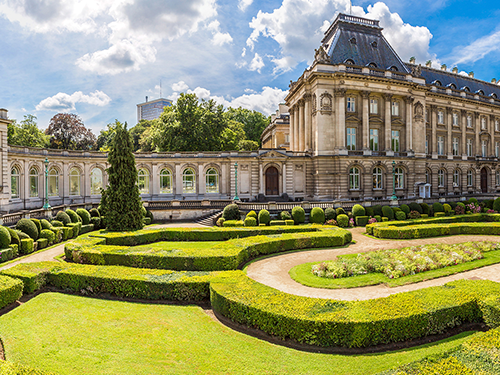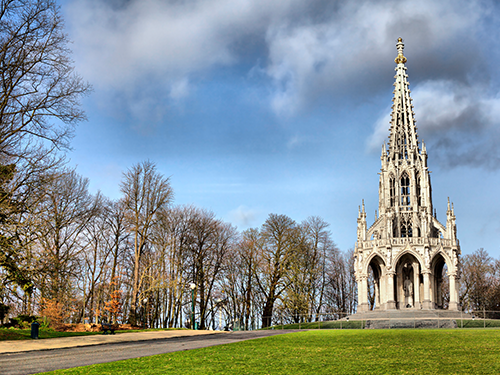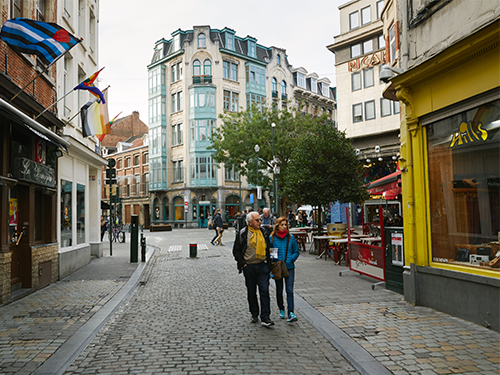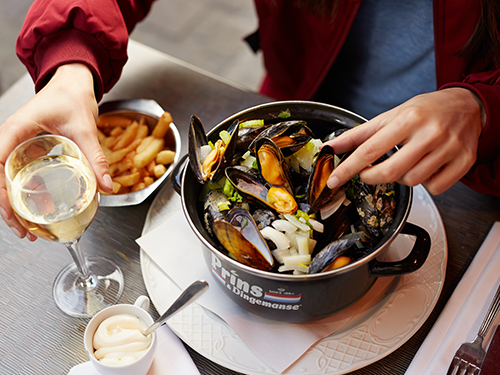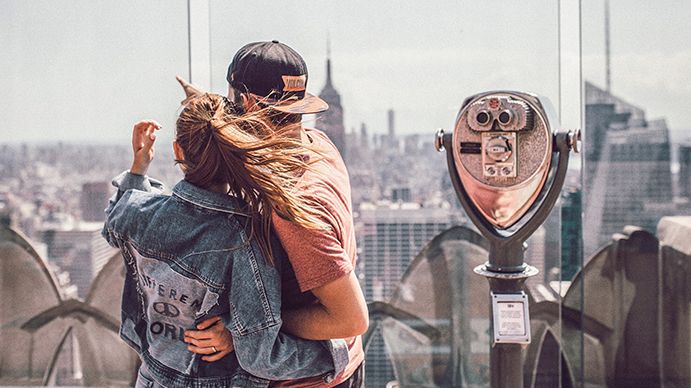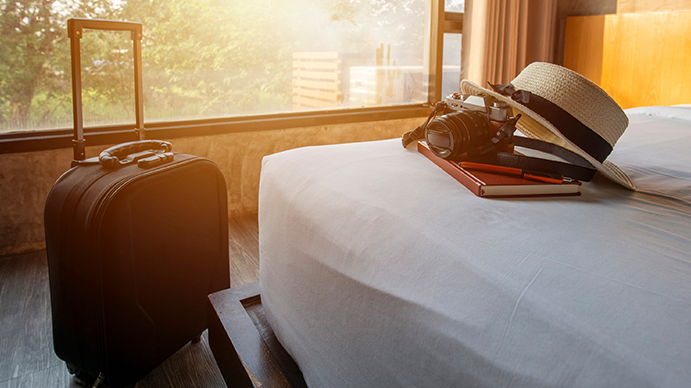Fly in the next three months: Flights to Brussels
Toronto (YYZ)to
Brussels (BRU)Toronto (YYZ)to
Brussels (BRU)Toronto (YYZ)to
Brussels (BRU)Vancouver (YVR)to
Brussels (BRU)Vancouver (YVR)to
Brussels (BRU)Vancouver (YVR)to
Brussels (BRU)Halifax (YHZ)to
Brussels (BRU)Halifax (YHZ)to
Brussels (BRU)Halifax (YHZ)to
Brussels (BRU)*Fares displayed have been collected within the last 72hrs and may no longer be available at the time of booking. We display fares for Economy Light as standard but it is possible to change your class of service during the booking process. You can also add baggage, meals and extra legroom to your trip during booking.


